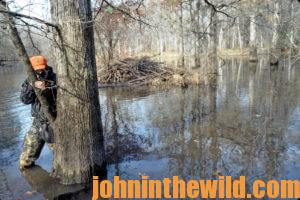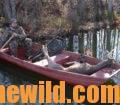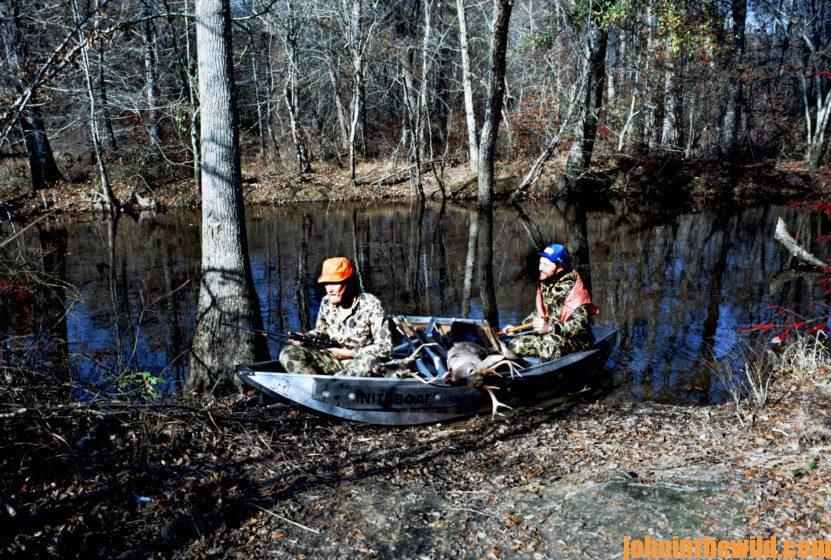Editor’s Note: Hunting in a swamp isn’t as mysterious or as difficult as some hunters may believe. Often you’ll encounter some of the biggest bucks ever there because these waterways can provide a sanctuary for deer. The definition of a swamp, one of the most-valuable ecosystems, is an area of land permanently saturated or covered with water. Swamps generally are dominated by trees. Many animals live in swamps, as well as nesting birds, fish, amphibians and reptiles. Swamps act as giant sponges by absorbing excess water and thereby moderating the effects of flooding. Swamps also act like water treatment plants, filtering wastes and purifying water naturally.
The equipment you’ll need to hunt swamp deer isn’t a large list, but all of it is essential.
* Aerial photos and topographical maps of the swamp. You can check with the Soil Conservation Service or the U.S. Geological Service in your region for photos. I always recommend  trying to get two aerial photos of the region you plan to hunt – one when the area’s flooded, and the other when and if the area’s dry. These pictures will save time scouting so much, because you should be able to see the high and the low places on the land. Also MyTopo.com is a valuable resource for various kinds of maps with extensive information on them and will be shipped within 24 hours of your order.
trying to get two aerial photos of the region you plan to hunt – one when the area’s flooded, and the other when and if the area’s dry. These pictures will save time scouting so much, because you should be able to see the high and the low places on the land. Also MyTopo.com is a valuable resource for various kinds of maps with extensive information on them and will be shipped within 24 hours of your order.
* A compass and a GPS. No matter how familiar you are with a region, on a cloudy, rainy day, getting lost in a swamp is one of the easiest things a hunter can do.
* A quality pair of waders. Personally, I prefer the lightweight waders with an inflatable tube at their top. I usually blow the tube up to fit tightly around my chest. Then when I step into a stump hole, and the water comes over the top of my waders, I only get somewhat wet – as opposed to becoming very wet and having a problem with waders full of water. You can hunt in lightweight waders all day. However, they’re not designed for  hunting along a flood plain where you may encounter briars and thorns under the water. I wear a pair of canvas hunting pants over waders and tennis shoe under the waders then.
hunting along a flood plain where you may encounter briars and thorns under the water. I wear a pair of canvas hunting pants over waders and tennis shoe under the waders then.
* A type of fanny pack or a daypack that’s well-equipped for a night in the woods and with equipment in it to signal for help if you need it. During the fall when rivers may swell rapidly and unexpectedly, a hunter can get caught on high ground deep in the swamp and always needs to be prepared.
* A lightweight canoe or kayak. Hunters can use these small crafts to reach productive hunting along a flood plain or in a river bottom swamp.
 To learn more about hunting deer, check out John E. Phillips’ book, available in Kindle, print and Audible versions, “How to Hunt Deer Up Close: With Bows, Rifles, Muzzleloaders and Crossbows” (http://amzn.to/11dJRu8).
To learn more about hunting deer, check out John E. Phillips’ book, available in Kindle, print and Audible versions, “How to Hunt Deer Up Close: With Bows, Rifles, Muzzleloaders and Crossbows” (http://amzn.to/11dJRu8).
Tomorrow: Recognizing Why to Paddle to Hunt Deer










